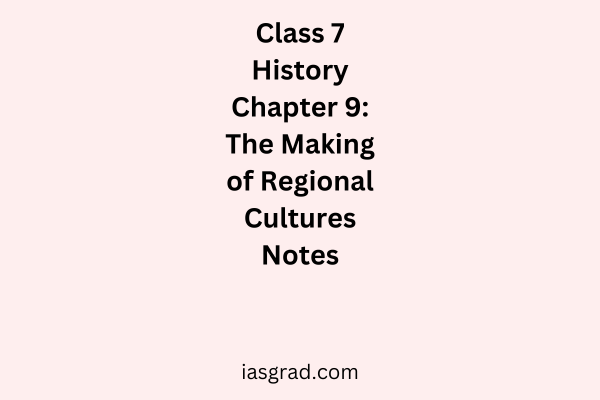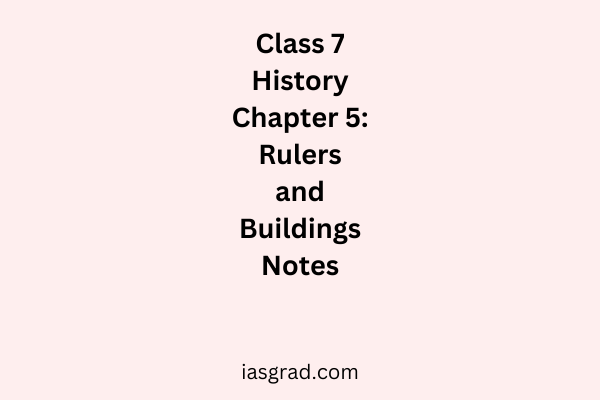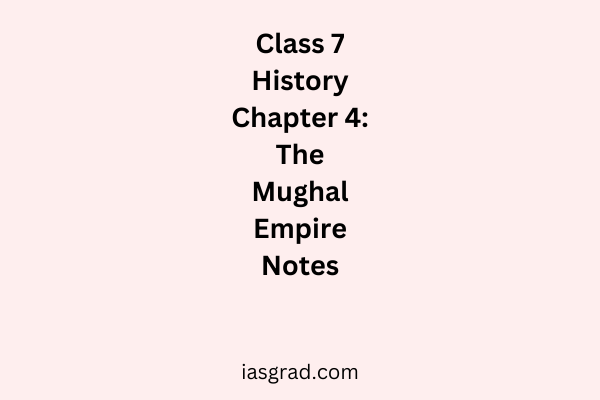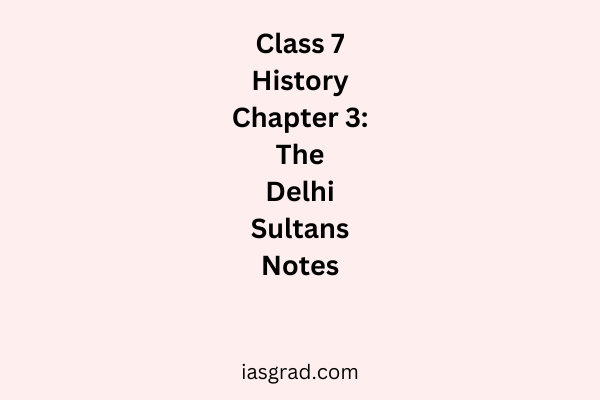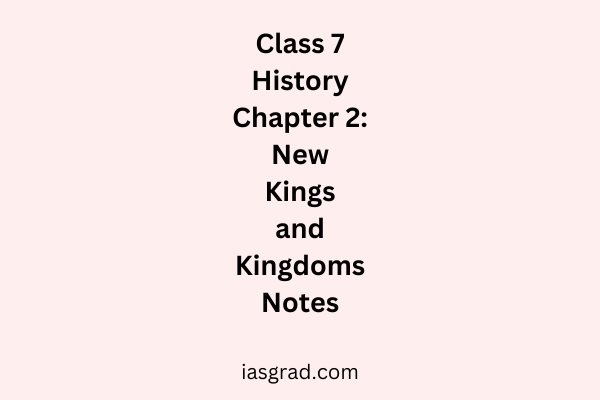Class 6 History Chapter 11: Buildings, Paintings, and Books Notes
Class 6 History Chapter 11: Buildings, Paintings, and Books Notes This chapter explores the architectural marvels, artistic expressions, and literary works of ancient India. It highlights the construction of stupas, temples, and monasteries, showcasing their intricate designs and cultural significance. The chapter also discusses murals and paintings, especially in Ajanta caves, depicting stories from the […]
Class 6 History Chapter 11: Buildings, Paintings, and Books Notes Read More »


